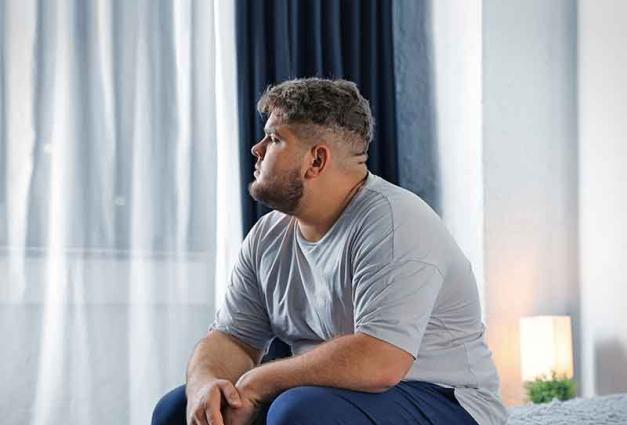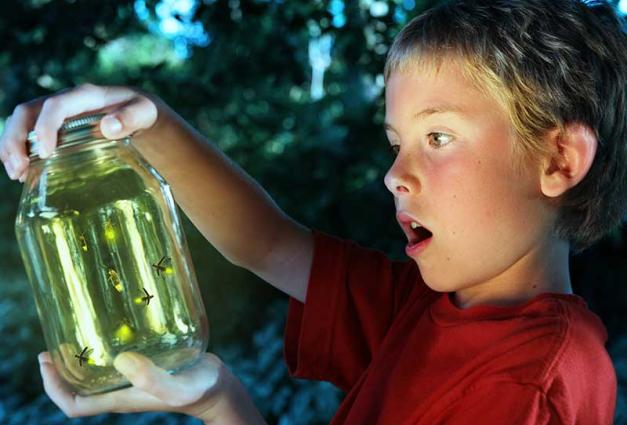Let’s be honest, young children are aggressive. Fortunately, although physical aggression in early childhood is common, most children stop by the time they reach the first grade. Less fortunately, however, the same cannot be said for what we call “indirect aggression.”
Indirect Aggression
You can think of indirect aggression as mean behavior—think “mean girls.” Although meanness can also be quite direct, as with in-your-face insults and put-downs, here we are concerned with more subtle and indirect ways of harming someone. Among adults, it is often called passive-aggressive behavior, although there is nothing passive about it. Indeed, indirect aggression includes nasty conduct such as excluding someone from the peer group, spreading malicious gossip, and using derisive body language like eye rolling to intentionally hurt others.
The subtle nature of indirect aggression can make it appear unintentional, such as not tagging a classmate on a social media post or not inviting a colleague to the group lunch. This way, if confronted, the aggressor can claim the behavior was just an accident or the accuser is overreacting.
Unlike physical aggression, which is heavily condemned by society, indirect aggression is more permitted. Plus, the plausible deniability of indirect aggression means that perpetrators are rarely scolded. These reasons contribute to why indirect aggression replaces physical aggression as children get older. In fact, indirect aggression is the most common form of aggression used in late childhood, adolescence, and adulthood—used across multiple settings from the playground to the boardroom.
Because this behavior is hard for others to detect and the intention appears ambiguous, victims are not given the same level of support as those who are attacked in a more direct manner. As a result, indirectly aggressive individuals can feel like they have free license to continue being cruel, while their victims continue to suffer alone.
The Suffering is Real
Being the victim of indirect aggression has a wide range of effects on well-being. For example, being a victim of indirect aggression is associated with low self-esteem, loneliness, anxiety, depression, suicidality, disordered eating, and somatic complaints (such as physical pain), just to name a few. Studies confirm that victims become unwell because of their poor treatment rather than (for example) their low self-esteem. Being excluded from the peer group is also associated with biological changes including how the body manages stress, increased inflammation, and increased activity in the brain regions that deal with rejection and humiliation.
When Mean Kids Grow Up
Not enough is known about the life course of meanness. We sought to fix this gap by examining mean behavior from childhood to adulthood in a sample of 704 Canadians who were assessed yearly from age 10 to 22. We found that that while all respondents admitted to using indirect aggression at some point in their life, over 9% of individuals consistently used indirect aggression from childhood to adolescence, with more girls than boys represented in the top group. Come adulthood, that number increased: over 17% of individuals often used indirect aggression, and this time there was no difference found between women and men.
Often, but not always, it was those frequently mean kids who became cruel adults. Others seem to pick up the habit along the way. Thus, unlike our impressive record at reducing physical aggression use by the end of the first grade, our society seems to have failed at stopping the cruelty of indirect aggression.
Next Step
Physical aggression is easy to identify and as such, several effective community and school-based intervention programs exist. However, similar programs concentrating solely on indirect aggression do not. In fact, few address indirect aggression at all. Mean behavior, no matter how much it appears to be harmless to others, should be recognized as a legitimate source of harm with long-lasting consequences. When individuals identify or report “mean” behavior at school, in their family, or in the workplace, these incidents should not be dismissed as trivial. Ignoring the problem only worsens it.
For Further Reading
Farrell, A. H., & Vaillancourt, T. (2021). Examining the joint development of antisocial behavior and personality: Predictors and trajectories of adolescent indirect aggression and Machiavellianism. Developmental Psychology. doi: 10.1037/dev0001016
Vaillancourt, T., & Farrell, A. H. (2021; in press). Mean kids become mean adults: Trajectories of indirect aggression from age 10 to 22. Aggressive Behavior. doi: 10.1002/ab.21950
Vaillancourt, T., & Krems, J. A. (2018). An evolutionary psychological perspective of indirect aggression in girls and women. In S. Coyne & J. Ostrov (Eds.), The development of relational aggression (pp. 111-126). Oxford University Press.
Tracy Vaillancourt is a Full Professor and Tier 1 Canada Research Chair in School-Based Mental Health and Violence Prevention at the University of Ottawa. Her research examines the longitudinal links between bullying and mental health, with a focus on social neuroscience.
Ann Farrell is a post-doctoral Banting Fellow at the University of Ottawa. Her research examines the longitudinal associations between youth bullying and personality, including the social environmental contexts that contribute to these associations.




